In-house legal teams: pandemic tests speed and adaptability

Roula Khalaf, Editor of the FT, selects her favourite stories in this weekly newsletter.
In a tumultuous year defined by the Covid-19 pandemic and social justice movements, in-house legal teams have been relied on by their businesses to support employees, their organisations and the wider community.
The case studies outlined here highlight areas where in-house legal teams are making the greatest impact, whether in the way that they have responded to the pandemic, helped drive inclusion and diversity or reshaped the workplace.
While lawyers are often among the most cautious colleagues when embracing change, this year has required them to show they can adapt at speed, often widening their responsibilities in the process.
Legal teams: Top 10
AB InBev
Apple
Boston Consulting Group
The Clorox Company
CVS Health
Honeywell
IBM
James Hardie Industries
Verizon Communications
VMware
Compiled by RSG Consulting
Lawyers working in business nowadays have to operate at the intersection of law, commerce, government relations, communications, technology and data.
The in-house legal teams featured below were all shortlisted for the FT Innovative Lawyers North America awards, across five categories: Responding to Covid-19; inclusion, diversity and social justice; digital transformation; reimagining risk management; talent development and the future of work.
Common to all is the accelerated shift to working in more integrated ways with colleagues in other departments.
Responding to Covid-19
The ability of legal teams to combine legal, regulatory and government relations skills and move at speed was put to the test by the coronavirus pandemic.
Among those that worked to make a difference was the legal team at pharmacy chain and healthcare company CVS Health. The company set up more than 4,300 Covid testing locations and provided 7m tests.
This was made possible by lawyers who worked with laboratory testing partners and authorities as testing was expanded from CVS stores to car parks (below) and mobile units. Half the testing locations are in underserved communities in need of support. Lawyers also worked with government at local, state and federal levels and agencies on legislative and regulatory changes.
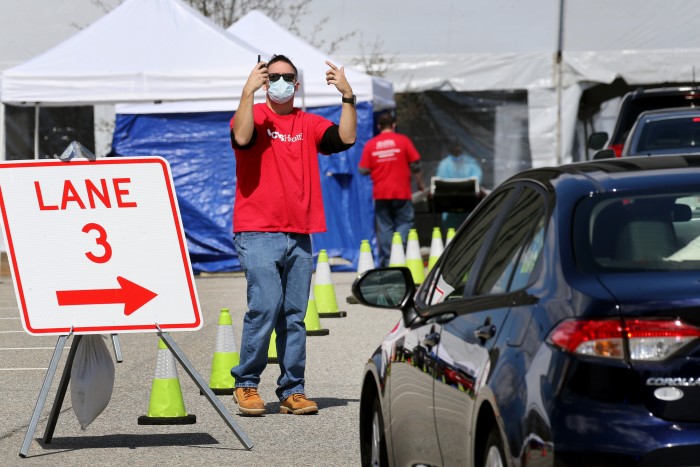
One development will allow pharmacy technicians across the country to administer vaccines, which would increase CVS Health’s capacity to provide vaccinations by two-thirds. Another will allow infusion nurses to administer certain types of antibody treatments to patients at home. CVS Health won an FT Innovative Lawyers award for this work.
Elsewhere, lawyers at Midwest healthcare company Advocate Aurora Health worked with state governments to ensure telemedicine services could be provided across state lines as the company moved to caring for more of its patients virtually.
Lawyers outside the healthcare sector also helped their businesses respond to the public health crisis.
General Motors’ lawyers worked on a partnership with Ventec Life Systems, a medical device company, to make and deliver 30,000 ventilators (below) in 154 days. The legal team worked on the government contract to buy the ventilators and helped set up a supply chain with dozens of component makers at speed.
The Clorox Company’s legal team helped prevent price gouging as demand for its cleaning and disinfectant products surged. It also set up new public-private partnerships and supplier arrangements to increase supply of its products around the world.
Zipline International, a medical product delivery company, used drones to transport treatments for Covid-19 and other conditions in Rwanda (below), and test samples in Ghana, and provide contactless delivery of medical supplies in Charlotte, North Carolina.
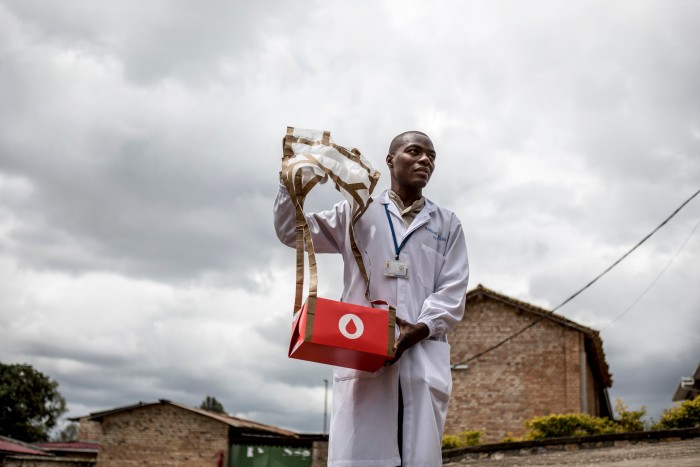
Lawyers ensured deliveries met differing hazardous materials and aviation rules, and won approval for the first long-range drone logistics flights to deliver medical supplies in North Carolina.
Inclusion, diversity and social justice
Events in 2020 have made inclusion, diversity and social justice a priority for in-house legal teams across the US. Legal teams are often leading new initiatives in their businesses, the legal profession, supply chains and their communities.
Apple stands out for a programme that applies the tech company’s buying power and influence to change unfair practices in the legal industry, winning it an FT Innovative Lawyers award.
When Kate Adams joined as Apple’s general counsel in 2017, one of her first areas of focus was diversity and inclusion. The company now requires all law firms to include lawyers from under-represented groups on teams undertaking work for Apple, and to provide anonymised data on hours worked by lawyers who identify as from diverse backgrounds.
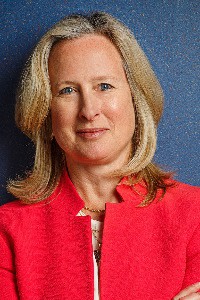
More radically, it prohibits law firms giving origination credit to partners no longer working on a matter. Origination credits are used to financially reward a partner who began the relationship with the client, even if this was decades ago.
A 2010 report by the American Bar Association showed that origination credits discourage diversity and inclusion at law firms because they favour partners who are more likely to be white and male than the lawyers doing the work. The legal team’s approach combines new operational and procurement processes, technology and data analytics, and has been held up as a model to follow in how the company works with all its suppliers.
Lawyers at IBM are working with governments and campaigning to increase police accountability, including through the use of technology and data analytics. Lawyers played an important role in the tech company’s decision to stop its software being used for mass surveillance and racial profiling.

At Anheuser-Busch InBev, the world’s largest brewer, the legal and compliance teams worked with blockchain software BanQu to help cut the risk of contract workers suffering harassment or discrimination. A distributed ledger platform that captures secure, traceable information on risks faced by mostly female brand promoters has been piloted in South Africa.
The legal team at industrial giant Honeywell is driving greater inclusion and diversity across the business. It developed new training and listening sessions and a rule to ensure diversity of candidates and the interviewing panel for job vacancies.
After a white Minneapolis police officer killed a black man, George Floyd, in May, the legal team at US Bank, which is based in the city, launched an equity and racial justice committee. Lawyers also contributed to the Mapping Prejudice project, which reveals historic practices, including legal covenants, that aimed to restrict people who were not white from buying property and building wealth in Minneapolis.
Digital transformation
The pandemic has accelerated digital transformation across all industries and in-house legal teams have likewise speeded up their adoption of technology and expanded their use of data.
The legal team at Honeywell, the technology and manufacturing company, has progressed its digitisation and automation projects and implemented a new model for managing its law firms over the past year. This work won it an FT Innovative Lawyers award.
The team implemented a contract lifecycle management tool that uses artificial intelligence and machine-learning technology to search and report on contracts. The tool also identifies areas for improvement to help lawyers advise the rest of the business. They can more easily identify when to raise prices or enforce payment, for example. The team’s intellectual property lawyers created an app that allows a Honeywell employee to record and report infringements, such as the misuse of a trademark.
The legal team also worked with AdvanceLaw, a legal market and membership organisation, to evaluate and cut the number of law firms it uses, and to implement real-time data and dashboards to help track performance, evaluations and diversity, and inform where work is sent in the future.
Technology company Intel has also taken a data and technology-driven approach to outsourcing its legal work. It introduced on online bidding platform and a new portal to request and find an outside lawyer. The changes are expected to contribute to savings of up to $5m in the first year.
Boston Consulting Group implemented an end-to-end contracting process that manages all the documents and processes relating to the consultancy’s clients. Chief executive Rich Lesser describes it as “a cornerstone of our internal transformation”, in that it has helped increase collaborative working between the legal team and other departments.
As tech company VMware undergoes its own transformation to a cloud and “software as a service” model, its legal team have also undergone a transformation from a back-office support function.
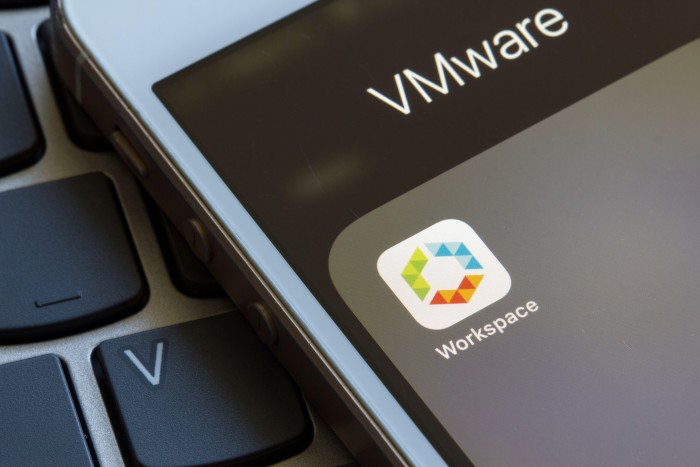
More than half of the lawyers’ time is now spent on activities that affect customers. For example, lawyers’ work to automate, standardise and apply technology solutions for contracting has helped VMware expand its subscriptions business quickly.
The legal team at building materials company James Hardie Industries worked with the NewLaw division of PwC to rapidly transform its global legal team with a different approach to technology, processes and mindset. The change included design thinking, new technologies, slashing the number of law firms used from 289 to three core firms and reworking its data strategy and new legal operations capability.
Reimagining risk management
Managing legal risk is a core responsibility of in-house lawyers. Legal teams are under pressure to develop innovative ways — legal, commercial, technological and with data — to do so effectively.
One example is the world’s first coral reef insurance policy. It was developed by the legal team at The Nature Conservancy, a charitable environmental organisation, working with the state government of Quintana Roo in Mexico and reinsurer Swiss Re. The Nature Conservancy won an FT Innovative Lawyers award for its work.

The result was a parametric insurance policy, which means a payment is made immediately after a trigger event, such as an earthquake or hurricane. In this case, it pays out if wind speeds top 100 knots along a 160km stretch of coastline that includes tourist resorts Cancún and Puerto Morelos. Following a hurricane in October, the insurance policy paid out to a special trust fund set up by the lawyers.
It has allowed the region to quickly fund removal of debris and repairs to the reef (below) and beaches. These funds and the continuing policy will help conserve the reef and protect the tourism industry.

Regulatory and litigation compliance and processes are a big focus for businesses wanting to rethink how they manage risk. Following investigations by the US Department of Justice and the French national financial prosecutor, and a $1.3bn settlement in 2018 for bribery and manipulation of Libor, lawyers at French bank Société Générale worked with law firm Mayer Brown to create an AI and data analytics tool to process large volumes of documents.
The tool has been set up as a separate business, Theolex. Users can mine a single database of more than 10 years of transactions data, along with public settlements agreements and regulatory decisions to help set new legal strategies for the bank.
National Bank of Canada is collaborating with law firm Osler, Hoskin & Harcourt on a legislative watch tool. The tool automates sending out new analyses to subject matter experts who are spread across the legal team, and ensures the bank has a full picture of legal and regulatory changes.
In another highly regulated sector, pharmaceutical company GlaxoSmithKline’s US legal team designed an early-intervention programme, Added Value Early Risk Tool (Avert), which is helping the company avoid or resolve disputes in the US early. It includes a set of processes and a tracking dashboard.
Change Healthcare general counsel Loretta Cecil aimed to have no government investigations, major litigation, accounting restatements or public relations gaffes for 10 years when she was appointed in 2017. Her team led four company-wide risk-assessments, which involved waiving attorney-client privilege and introducing a remediation programme and training to develop an approach for managing privacy.
Talent development and the future of work
Lawyers are often late adopters of new technology, but at Hewlett Packard Enterprise the pandemic offered lawyers a chance to try something new. The HPE legal team’s pioneering use of virtual-reality technology to assist teams in working and collaborating from different locations helped it win an FT Innovative Lawyers award.
Using a virtual reality (VR) headset, a member of the legal department can meet or work alongside virtual representations — avatars — of other team members in a virtual office or, if they prefer, city rooftop or beach. A VR awards ceremony was how the general counsel handed out trophies to winners of the company’s annual legal hackathon, who were based around the world. Virtual reality also allows lawyers to interact with 3D models of new inventions. Statistical reviews in 3D, meanwhile, allow the introduction of many more dimensions. A risk review can take in more parameters, for example.
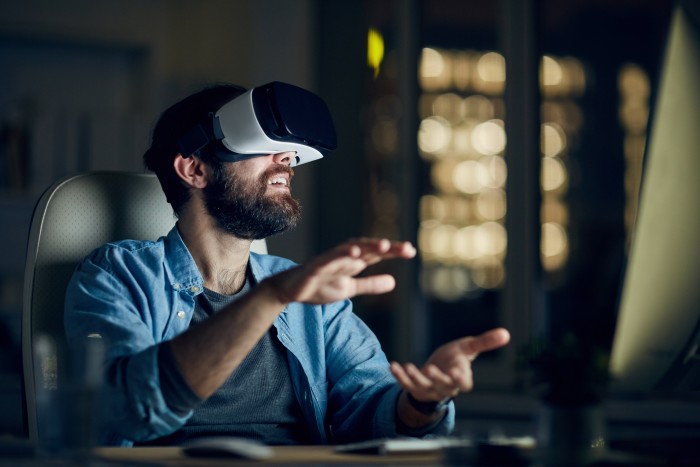
The legal team is exploring other uses and implications of VR tech, such as how different locations affect our ability to remember what we hear or experience there. Team members could also create gender- and race-neutral avatars to navigate virtual workspaces. Virtual “offices” may help homeworking employees feel more like they are at work, by creating a clearer separation between work and home life.
When so many people are working remotely because of the pandemic, teams have an opportunity to explore how they interact and work with other colleagues. The legal and corporate affairs teams at Anheuser-Busch InBev, the world’s largest brewer, are developing “communities of practice”, which are organised around topics such as exclusivity arrangements — where bars sell only certain drink brands — or intellectual property enforcement.
The development means team members from different countries who are working on similar subjects now connect with each other directly. It has also given team members the chance to expand their expertise and develop networks in different parts of the global business. AB InBev’s legal team won an FT Innovative Lawyers award for standout innovation for this work.
Verizon, the telecommunications company, started a resource-sharing initiative to map its legal team’s skills and redeploy them to areas that were overwhelmed when Covid-19 hit. The approach was so popular that the company is exploring how the model can be used in other parts of the business.
The Clorox Company, the consumer and professional products manufacturer, pooled legal resources, in this case with other areas of the business, to support a surge in its supply of disinfectants.
The legal team also chose to expand its summer internship programme to include law students who had lost their places at other organisations because of the pandemic. The interns were assigned roles split between working for the company and pro bono and community work.
At Hershey, the confectionery multinational, the legal team developed a new model to quantify the value each lawyer creates for the company, and a training programme to increase lawyers’ exposure to business strategy and priorities.
Comments